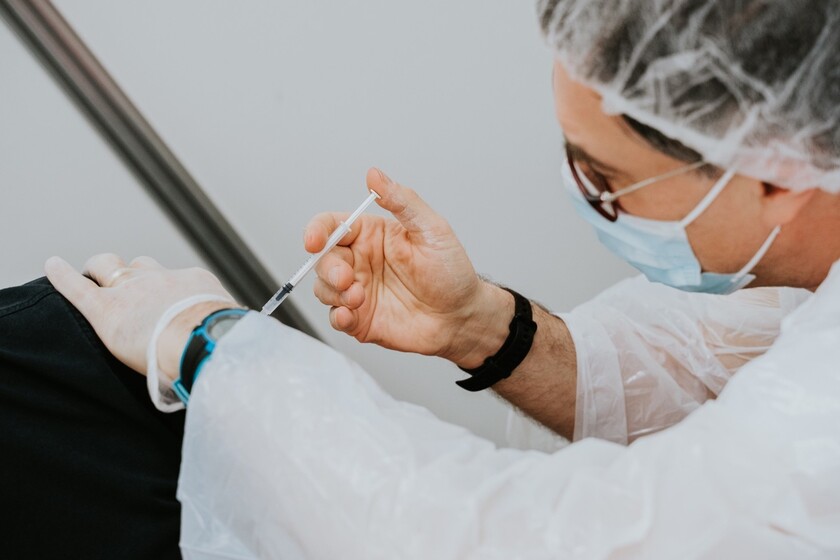Today was one of the most anticipated days in Spain since the vaccination campaign began: the first doses of the Janssen vaccine, from Johnson & Johnson, are beginning to arrive, long-awaited because it requires a single dose for complete vaccination and assumes in practice a cut in half of administrations necessary to get people immunized.
However, just on the day those first consignments of Janssen vials arrive in Spain, news can fall like a jug of cold water: the Center for Biological Evaluation and Research of the United States Food and Drug Administration has asked to pause the administration of this vaccine after detecting that six of the people who have received it in recent weeks have developed a disorder linked to blood clots. Six cases out of 6.8 million vaccinated.
A piece of news that reminds us of what happened with the AstraZeneca vaccine, which will no longer be inoculated in Spain to children under 60 years of age. It remains to be expected if the US government makes a firm decision in the next few hours after this health recommendation.
0.000088% and a pause “as a precaution”
Although the EMA made calculations to show that the benefits of vaccination far outweighed the risks it presented in the case of AstraZeneca in terms of probabilities, it is to be expected that in the next hours and days a new debate will emerge related to the administration of Janssen, initially planned for the age group 70 to 79 years in Spain. The cases of thrombi detected in the United States have been six women between 18 and 48 years. One has died and another is hospitalized in critical condition. The other four have not presented major ailments, for the moment.

“We are recommending a pause in the use of this vaccine as a precaution,” said Peter Marks, director of the Center for Biological Evaluation and Research of the Food and Drug Administration, referring to this decision in statements to The New York Times. Anne Schuchat, senior deputy director of the CDC (Centers for Disease Control and Prevention), said in turn that “these adverse reactions can be extremely rare.” With the current data, the probability is 0.000088%.
Because it does not require deep freezers and because it is single-dose, Janssen is a great asset for the vaccination rate necessary for the established deadlines
In Spain the forecast marked the arrival of 10% of the doses committed by the European Union (proportional to the population), adding a total of 5.5 million doses spread over 300,000 for this month of April, one million more in May, and 4.2 million more in June, to which the subsequent ones should be added to reach the target of 70% of the vaccinated population for the last week of August.
A great resource also at a logistical level because it is a single-dose vaccine that also does not require ultra-freezers, but only domestic freezers, from which it will be necessary to see what position Spain takes, known this incidence of potentially fatal thrombi in the United States. Any period without this vaccine would very possibly imply a delay in the deadlines set to reach the deadlines announced at the beginning of April by the Government of Spain.
